Disclosure: This article contains affiliate links. We may earn a commission from purchases at no extra cost to you, which helps our travel content.
Standing on the rim of an ancient volcanic crater, the wind whipping through my hair as I gazed into the emerald lakes below, I couldn't believe this raw wilderness was just a few hours from the urban chaos of Mexico City. After a week of exploring the capital's volcanic backyard during Mexico's perfect fall weather, I'm convinced these majestic mountains offer some of North America's most underrated adventures. Grab your hiking boots, mates – we're about to climb some volcanoes!
Iztaccíhuatl: The Sleeping Woman's Challenge
My first volcanic conquest was Iztaccíhuatl (or Izta for those of us who butcher the pronunciation). At 5,230 meters, this dormant volcano isn't just a mountain – it's a legend shaped like a sleeping woman, complete with head, chest, knees, and feet visible in its silhouette.
The La Joya trailhead starts at a lung-squeezing 3,900 meters, where the air is already thin enough to make you question your life choices. I joined a group of international trekkers I'd met at my hostel, and we set off at dawn with our local guide, Miguel.
"Tranquilo, tranquilo," Miguel kept saying as we huffed our way up. Easy for him to say – the man practically floated up the mountain while I was breathing like I'd just run a marathon in the first kilometer.
The trail gets progressively steeper and rockier as you climb. By the time we reached the 'knees' at 4,600 meters, every step felt like a negotiation with gravity. But mate, the views! Popocatépetl (Izta's volatile volcanic partner) puffed away in the distance, sending occasional smoke signals into the crystal blue autumn sky.
My trekking poles were absolute lifesavers on the descent – trust me, your knees will thank you for the investment on these steep volcanic slopes.
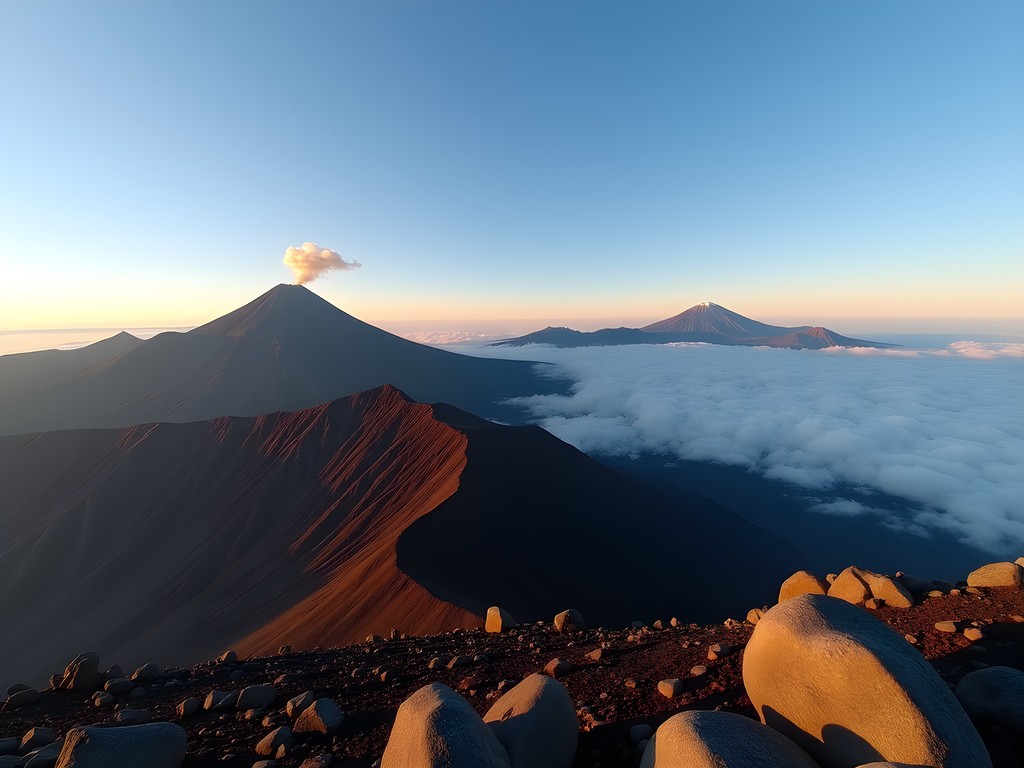
💡 Pro Tips
- Start early (6am) to avoid afternoon clouds and potential thunderstorms
- Acclimatize in Mexico City for at least 2 days before attempting Izta
- The trail is unmarked in sections – hiring a local guide is worth every peso
Nevado de Toluca: The Accessible Alpine Paradise
After the quad-burning challenge of Izta, I was keen for something equally spectacular but slightly less brutal on the legs. Enter Nevado de Toluca, a 4,680-meter extinct volcano with a crater you can actually drive into. Yeah, you read that right – drive INTO a volcano. How sick is that?
The local name is Xinantécatl (another pronunciation challenge), and it's about a 2-hour drive southwest of Mexico City. I split the cost of a rental car with two Aussie backpackers I'd met, and we hit the road early to beat the crowds.
The paved road winds up to about 4,200 meters, where it transitions to a bumpy dirt track leading into the crater. Our little economy rental car struggled, but we nursed it up slowly. If you're doing this yourself, I'd recommend a 4WD rental if your budget allows.
The crater houses two stunning lakes – the Sun Lake (Laguna del Sol) and the Moon Lake (Laguna de la Luna). The water is this surreal turquoise color that looks Photoshopped but is 100% natural. The lakes sit at around 4,200 meters, and you can hike the entire crater rim if you're feeling energetic.
We tackled the climb to the summit (Pico del Águila), which involves some light scrambling but rewards you with views that'll make your Instagram followers sick with envy. The fall colors were in full display during my October visit, with the alpine grasses turned golden against the blue lakes.
This is where my mirrorless camera earned its keep – the lighting conditions change rapidly as clouds race across the crater, and being able to quickly adjust settings helped capture those fleeting perfect moments.
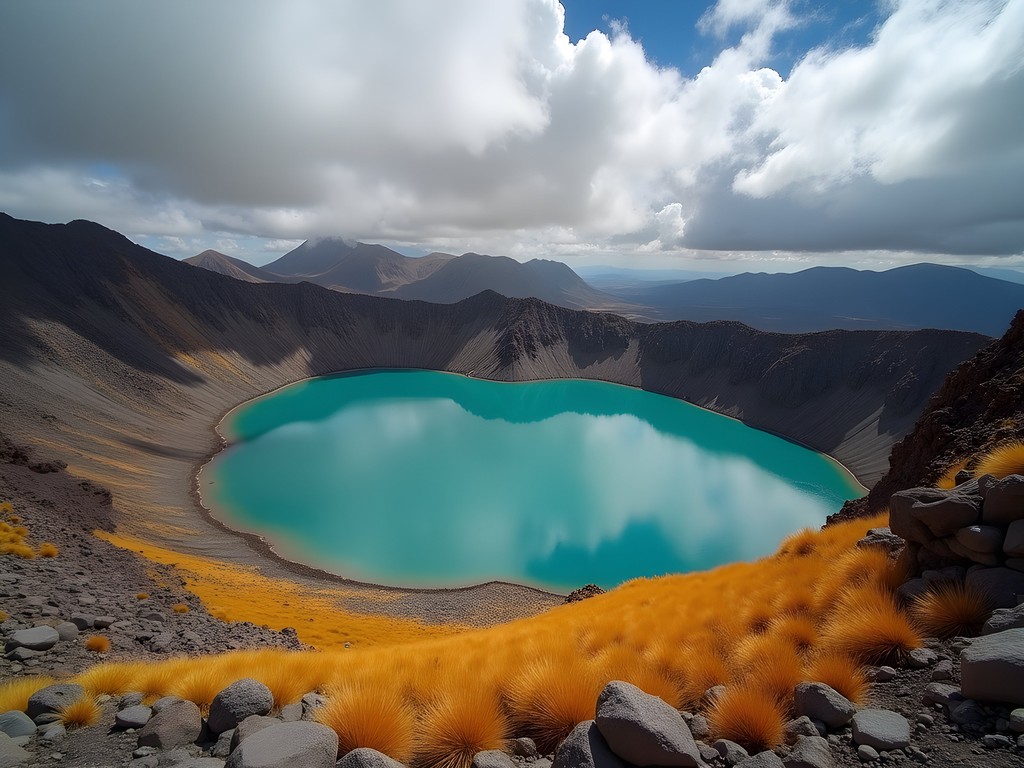
💡 Pro Tips
- Arrive early (before 10am) as afternoon fog often obscures the crater views
- The temperature drops dramatically inside the crater – pack layers even if Mexico City is warm
- Bring twice as much water as you think you'll need – the altitude dehydrates you quickly
La Malinche: The Perfect Acclimatization Climb
Before tackling the big boys, I spent a day on La Malinche (4,461m) – a perfect training ground if you're new to high-altitude hiking. Named after the indigenous translator who worked with Hernán Cortés (complicated historical figure alert), this dormant volcano offers a beautiful forest approach that gradually gives way to alpine terrain.
I stayed overnight at the Centro Vacacional IMSS Malintzi, a rustic mountain lodge at the trailhead. At about 500 pesos a night, it's a bargain and lets you start hiking at dawn. The rooms are basic but clean, with hot showers that feel heavenly after a day on the mountain.
The trail begins in pine forest that reminded me of New Mexico's mountains – a little taste of home in central Mexico. As you climb, the trees thin out and eventually give way to the volcanic sand and scree that makes every step feel like two steps back. It's a proper leg burner.
What made La Malinche special was the locals I met along the trail. Unlike the more famous volcanoes that attract international climbers, La Malinche is a favorite weekend outing for Mexican families and athletes training for bigger mountains. I shared trail mix with a group of university students from Puebla who were shocked to meet an Australian-based gringo who spoke decent Spanish (gracias, four semesters of university Spanish!).
The final push to the summit involves some fun scrambling over volcanic rock. Nothing technical, but enough to get the heart racing. The summit itself is surprisingly small – just a rocky outcrop with prayer flags and offerings left by local climbers.
My hiking daypack was the perfect size for this one-day adventure, with enough room for extra layers, 3 liters of water, and plenty of snacks without feeling bulky on the steeper sections.
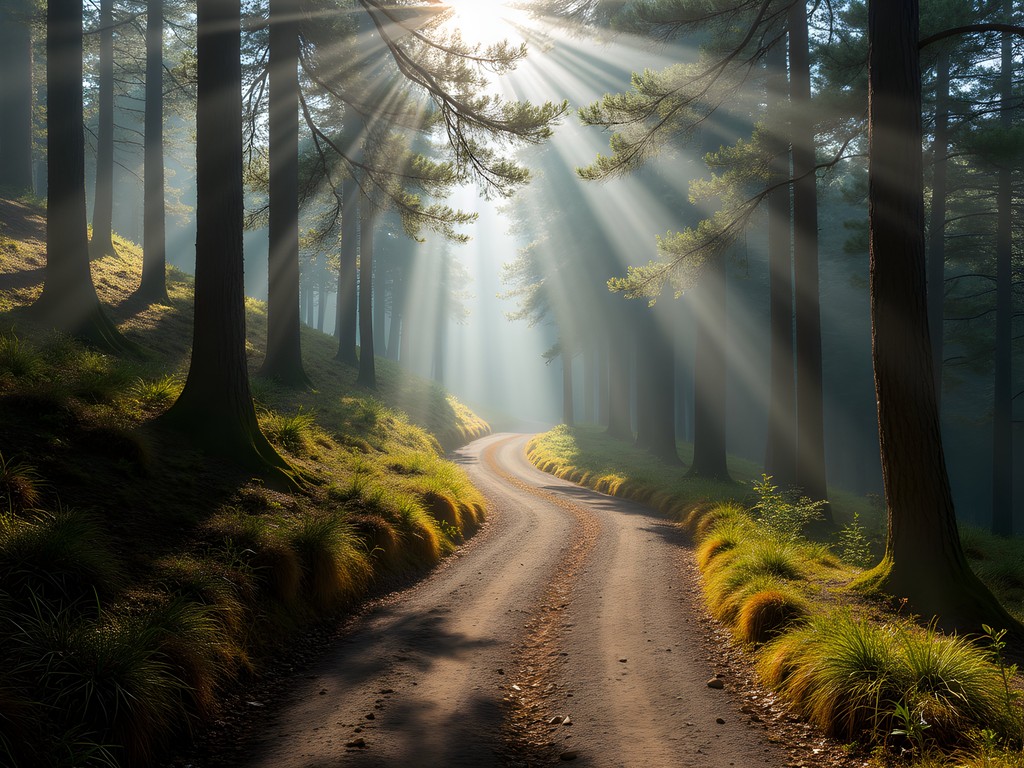
💡 Pro Tips
- Book the mountain lodge in advance on weekends – it fills up with local climbers
- Start no later than 7am to avoid afternoon thunderstorms common in fall
- The trail splits in several places – generally stay right for the most direct route to the summit
Popocatépetl: Admiring the Smoking Mountain (From a Safe Distance)
Let's get one thing straight – you can't actually climb Popo these days. This 5,426-meter active volcano has been closed to hikers since 2000 due to its frequent tantrums. But that doesn't mean you can't get up close and personal with this temperamental giant.
I based myself in the colonial town of Cholula for two nights – home to the largest pyramid base in the world (hidden under what looks like a natural hill with a church on top) and spectacular views of Popocatépetl on clear mornings.
The best viewing spot is from the neighboring volcano Iztaccíhuatl, but for those wanting something less strenuous, I found a gem of a viewpoint near the town of Santiago Xalitzintla. This small farming community sits in the shadow of Popo and has an observation area where you can watch the volcano puff away while learning about evacuation procedures from informative (if slightly alarming) signage.
The locals have a fascinating relationship with what they call 'Don Goyo' – they see the volcano as a living entity that provides fertile soil but demands respect. An elderly farmer named Raúl told me stories of offerings made to keep the volcano happy, continuing traditions that predate the Spanish arrival.
For the best photos, I woke up at an ungodly hour to catch the first light hitting Popo's snow-capped peak. My travel tripod was essential for capturing those dawn shots without camera shake. The volcano is most active in the early morning, and I was rewarded with several ash puffs that made for dramatic photos.
While in Cholula, I stayed at Villas Arqueológicas Cholula, which has rooms with volcano views and a rooftop terrace perfect for morning coffee while watching Popo wake up and do its thing.

💡 Pro Tips
- Check the volcanic alert level before planning your trip (CENAPRED website has daily updates)
- The clearest views are typically in early morning before clouds build up
- Santiago Xalitzintla has few tourist facilities – bring water and snacks for your volcano viewing
Ajusco: Mexico City's Backyard Mountain
On my final day, with legs feeling like jelly from a week of volcanic adventures, I opted for something closer to the city. Ajusco is the highest peak in Mexico City's boundaries at 3,930 meters, offering a perfect half-day escape from urban chaos.
I joined a guided group through Aventureros Mexico City (1,200 pesos for the day trip with transport from Coyoacán), though the trail is well-marked enough to tackle independently if you have your own wheels.
What makes Ajusco unique is how quickly you transition from city to wilderness. One moment you're in traffic, the next you're surrounded by pine forests and volcanic rock formations that look like they belong on another planet.
The trail starts from Parque Nacional Cumbres del Ajusco and climbs steadily through forest before emerging into open terrain with expansive views of the Mexico City valley. On clear fall days, you can see the entire city sprawled out below – a concrete jungle surrounded by a ring of fire (volcanoes, that is).
The final section involves some fun rock scrambling to reach the summit cross. Nothing too technical, but enough to make you feel like you've earned the 360-degree panorama waiting at the top.
I met a group of local trail runners who come here weekly to train for ultramarathons – they were casually running up terrain I was laboriously hiking. One of them, Lucia, shared her homemade energy balls with me – a delicious mix of dates, nuts, and chocolate that I've been trying to recreate since returning to Australia.
For this shorter day hike, my hydration vest was perfect – enough room for essentials while allowing me to move quickly on the trail. The integrated water bottles kept me hydrated without the sloshing of a traditional reservoir.
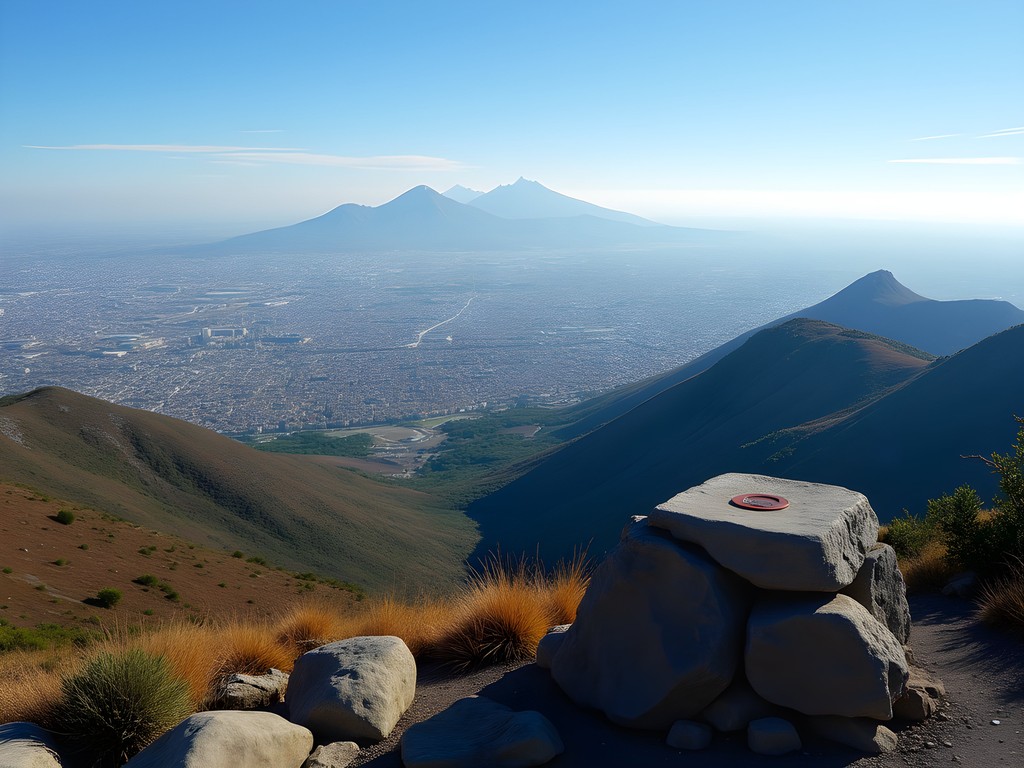
💡 Pro Tips
- Take a taxi to the trailhead rather than public transport – it's complicated to reach by bus
- The park entrance fee is minimal (50 pesos) but bring exact change
- Weather changes rapidly – pack a windproof layer even on sunny days
Final Thoughts
As I packed my hiking boots away after a week of volcanic adventures, I couldn't help but feel Mexico City had been keeping secrets from the adventure travel community. While tourists crowd the historic center and Frida Kahlo's house, these majestic volcanoes sit just beyond the urban sprawl, offering world-class mountain experiences with a fraction of the crowds you'd find in more famous ranges.
The combination of high altitude, dramatic landscapes, and rich cultural connections makes these volcanic day trips some of the most rewarding mountain experiences I've had anywhere in the world. Plus, there's nothing quite like descending from 5,000 meters to celebrating with street tacos and mezcal in a bustling city the same evening.
Whether you're an experienced mountaineer looking to acclimatize for bigger objectives or simply want to escape the city for a day of alpine adventure, Mexico City's volcanic ring offers something for every adventure level. Just remember to respect the altitude, start early, and maybe leave an offering to Don Goyo – these mountains have been worshipped as gods for thousands of years, and after experiencing their majesty firsthand, I completely understand why.
Until next time, keep exploring what's just beyond the city limits – that's where the real magic happens.
✨ Key Takeaways
- Mexico City is surrounded by accessible volcanic peaks perfect for day trips and overnight adventures
- Fall offers the best combination of stable weather and clear views for volcanic hikes
- Always acclimatize properly – start with lower peaks like Ajusco before attempting Iztaccíhuatl
- Local guides enhance the experience with cultural context and safety in this high-altitude environment
📋 Practical Information
Best Time to Visit
October-November (fall) for clearest skies and stable weather
Budget Estimate
$75-150 USD per day including transportation, guides, and accommodation
Recommended Duration
5-7 days to properly acclimatize and explore multiple volcanoes
Difficulty Level
Advanced (High Altitude And Some Technical Sections Require Good Fitness And Previous Hiking Experience)

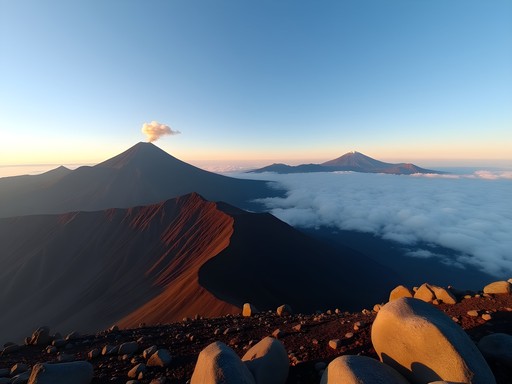


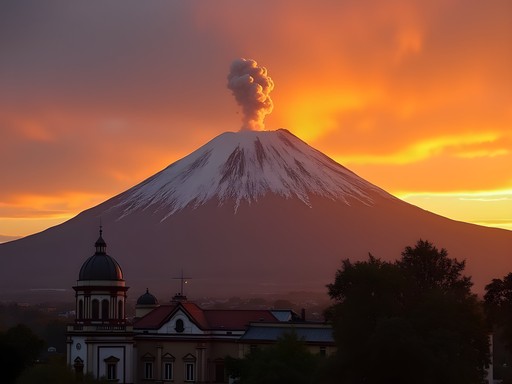
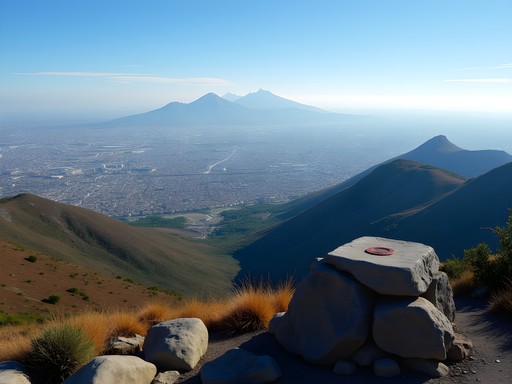


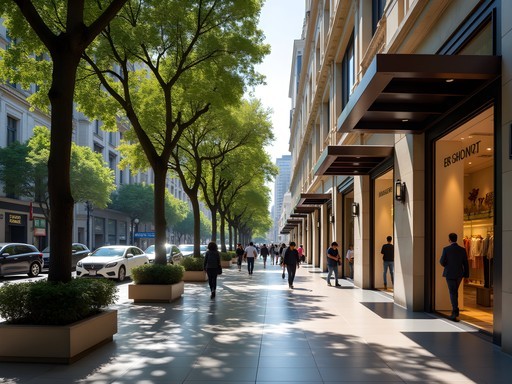
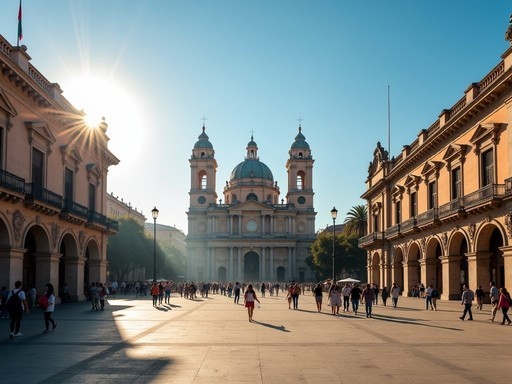
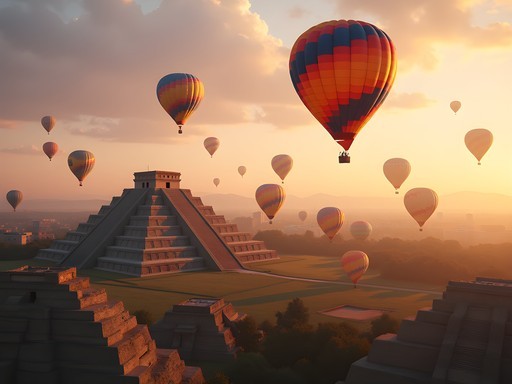

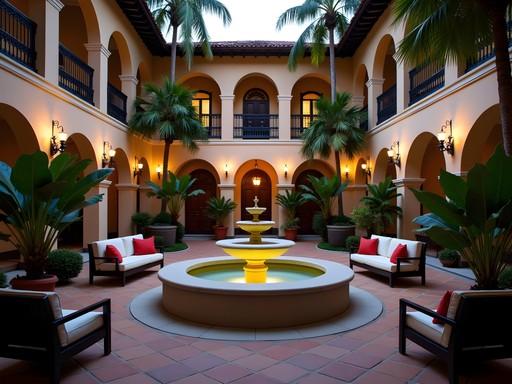
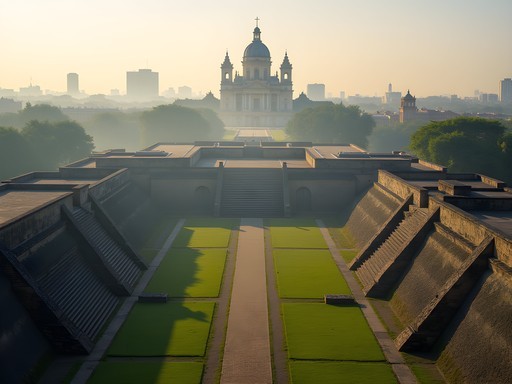

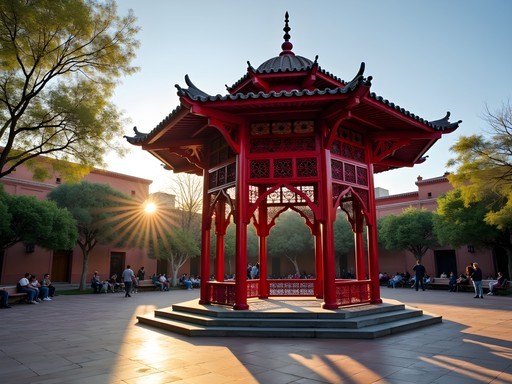
Comments
sunnylife
Those photos of Nevado de Toluca's crater lakes are incredible! Adding this to my bucket list for sure!
journeyexplorer
They don't even do it justice! The colors change with the sunlight throughout the day. Absolutely magical!
Frank Garcia
Great write-up Jeffrey! I tackled Iztaccíhuatl last year and can confirm it's a proper challenge but incredibly rewarding. For anyone planning these trips, I'd strongly recommend spending at least 3-4 days in Mexico City first to help with acclimatization. The altitude is no joke - I saw plenty of tourists struggling who tried to rush straight to the mountains. Also, La Malinche makes for an excellent warm-up climb as Jeffrey mentioned. I'd add that if you're serious about attempting Izta, investing in a good pair of trekking poles will save your knees on the descent. The volcanic terrain can be quite loose in sections.
summerseeker
Has anyone done Iztaccíhuatl with kids? My 12-year-old is pretty active but I'm not sure if it's too challenging.
sunnylife
We took our 13yo last summer! We didn't go all the way to the summit though, just to the knees of the 'sleeping woman'. Still amazing views and doable for kids with hiking experience. Just take it slow with the altitude!
summerseeker
That's super helpful, thanks! Did you stay overnight or do it as a day trip?
sunnylife
We did it as a day trip but started SUPER early (like 5am departure from Mexico City). Long day but worth it!
journeyexplorer
Just got back from Nevado de Toluca last week and it was AMAZING! Those emerald lakes are even more stunning in person. We did the public transportation route (took a bit longer but saved $$) and had no issues. The altitude hit me harder than expected though - definitely follow Jeffrey's advice about acclimatizing first. The views were totally worth the huffing and puffing!
Frank Garcia
How long did the public transport option take you? I'm planning a trip in December and debating between that and just hiring a driver.
journeyexplorer
It took about 3.5 hours each way with all the connections, vs maybe 2 hours direct by car. But we only paid like 200 pesos total vs 1500+ for a driver. Worth it if you're on a budget and have the time!
Jeffrey Jones
Thanks everyone for the great comments! @MountainLover22 - just my trusty iPhone 16 Pro with a polarizing lens attachment for the crater lakes to cut the glare. One tip I forgot to mention in the post: weather changes FAST on these mountains. Always pack a rain shell and warm layer, even if it's sunny when you start!
MountainLover22
Those crater lake photos are stunning! What camera did you use?
citybuddy
Can you do these trips using public transportation or do you need to rent a car?
Jeffrey Jones
Great question! You can definitely reach Nevado de Toluca and La Malinche via public transport (buses from Mexico City), though it takes longer. For Izta-Popo National Park, there are weekend buses from Amecameca, but a car gives you much more flexibility for early starts. If you're going car-free, I'd recommend staying overnight in the smaller towns near the parks.
citybuddy
Perfect, thanks! Will stick to public transport then.
Douglas Bradley
Excellent write-up, Jeffrey! I'd add that for Iztaccíhuatl, the permit situation has changed slightly since early 2025. You now need to book online at least 48 hours in advance through the CONANP website, and they've limited daily visitors to reduce environmental impact. The trail markers have also been improved significantly since my first visit in 2023. For those wanting to experience these volcanoes but concerned about the hiking difficulty, I found hiring a local guide in Amecameca was worth every peso - they know exactly how to pace the ascent to minimize altitude sickness. I used my hiking poles on Izta and they were absolute lifesavers on the descent.
citybuddy
Thanks for the permit info! Heading there in October.
happylegend
Wow, this post makes me want to pack my bags right now! I did Nevado de Toluca last year but had no idea there were so many other volcanic options near Mexico City! The emerald lakes were INCREDIBLE - like nothing I've ever seen before. Did anyone else struggle with the altitude? I was gasping like a fish out of water lol. Definitely bringing more water next time!
Douglas Bradley
The altitude is no joke! I recommend spending at least 2-3 days in Mexico City before attempting any of these hikes to acclimatize. La Malinche is definitely the best starter as Jeffrey mentioned - I did that sequence and it helped tremendously.
happylegend
Thanks for the tip! Wish I'd known that before I tried running up those trails on day 2 of my trip 😂
nomadlife
Just hiked La Malinche last weekend after reading this post! Perfect recommendation for acclimatization before tackling Iztaccíhuatl. The cabins at the La Malintzi park were basic but comfortable and only $30/night. Waking up already at altitude made the hike much more enjoyable. The trail was well-marked until the final section where it gets rocky - look for the cairns! Thanks Jeffrey for putting these volcanoes on my radar!
Venture X
Premium card with 2X miles, $300 travel credit, Priority Pass